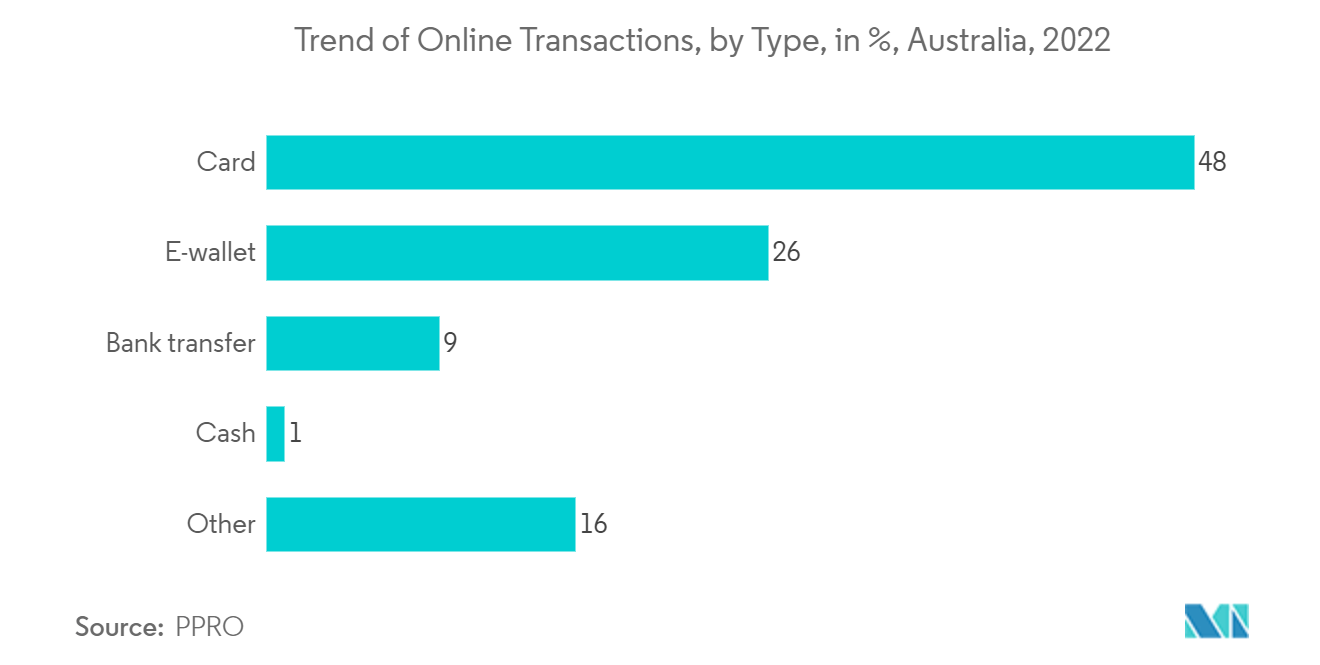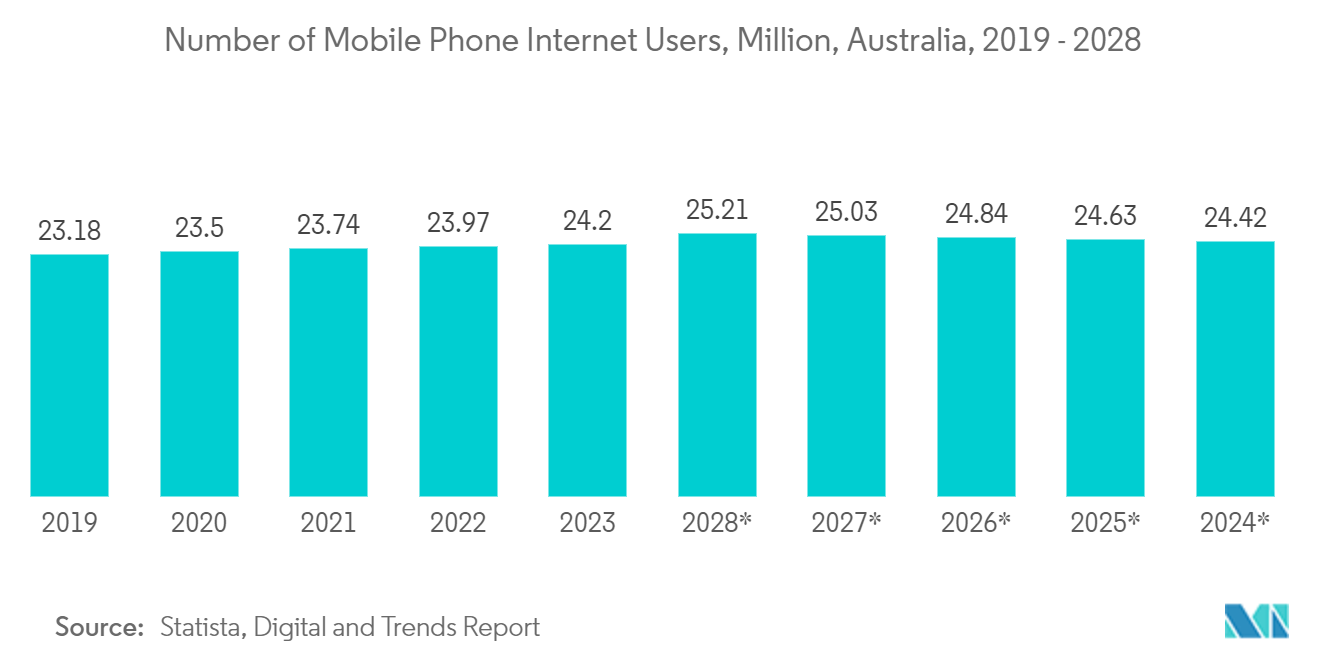Market Trends of Australia Data Center Cooling Industry
Liquid-based Cooling is the Fastest Growing Segment
- Technological advances have made liquid cooling easier to maintain, more scalable, and more affordable, reducing data center liquid consumption by more than 15% in tropical climates and by 80% in greener areas. The energy used for liquid cooling can be recycled to heat buildings and water, and advanced artificial refrigerants can effectively reduce the carbon footprint of air conditioners.
- In March 2023, GreenSquareDC's WA1 hyperscale data center in Perth, Western Australia, will be Australia's only AI-ready data center capable of meeting the anticipated rapid deployment of LLM (Large Language Model)-based AI, making it the only Economical and sustainable. Designed to be AI-enabled and highly sustainable, GreenSquareDC's 96MW WA1 data center provides "ultimate flexibility" for customers to operate in air-cooled, chip-direct, or immersion-cooled environments.
- Liquid cooling takes advantage of the superior heat transfer properties of water or other liquids to support efficient and cost-effective cooling of high-density racks, up to 3000 times more effective than using air. Long proven in mainframe and gaming applications, liquid cooling is increasingly being used to protect rack servers in data centers across the region.
- Direct liquid cooling solutions (DLC) can achieve partial power usage effectiveness (PUE) ranging from 1.02 to 1.03, surpassing the performance of even the most efficient air cooling systems by a margin of just a few percentage points. However, it's important to note that PUE does not account for a significant portion of the energy savings attributed to DLC.
- In traditional server setups, fans are utilized to dissipate heat, drawing power from the rack. As such, the control of these fans is typically factored into the IT power consumption section of the PUE calculation. These fans are considered part of the data center's overall payload, which encompasses all energy-consuming components and equipment within the facility.
- Further, Australia is the eleventh largest market for e-commerce, with a revenue of USD 31.3 billion in 2021, placing it ahead of Russia and after Canada. With the expansion of e-commerce facilities and the increasing prevalence of digital payments, the market is expected to grow.

IT & Telecommunication is the Largest Segment
- The increasing adoption of advanced technologies such as artificial intelligence, cloud computing, big data, and the Internet of Things primarily drives ICT spending in Australian data analytics; rising widespread use of AI and automation and big data in various consumer industries is likely to have a significant impact on the Australian ICT market during the forecast period.
- In Australia, government initiatives such as the Australia Government Information Management Office (AGIMO) are leading the way in optimizing data center resources with the introduction of the Australia Government Data Centre Strategy 2010-2025. The strategy represents a transition from using government-run data centers to third-party, multi-tenant data centers.
- Moreover, the Australian government's continued focus on the digital transformation of private and public services will positively drive market growth. Therefore, mobility, cloud computing, data and analytics, and digital storage will see high adoption rates over the next few years. All these factors will create growth opportunities and support the growth of the ICT market in this country.
- Additionally, the total number of Internet users in Australia is increasing. According to Hootsuite, the total percentage of active Internet users in Australia's population was about 91% in 2022, compared to about 89% in 2021. market during the forecast period.


